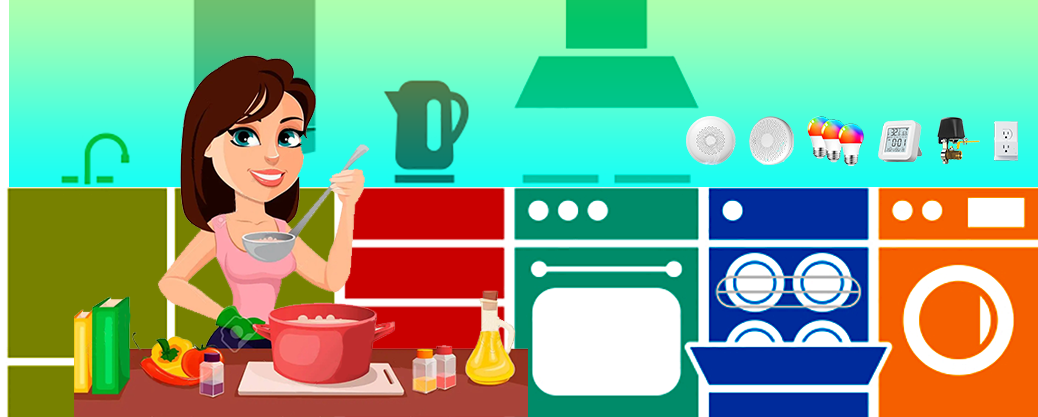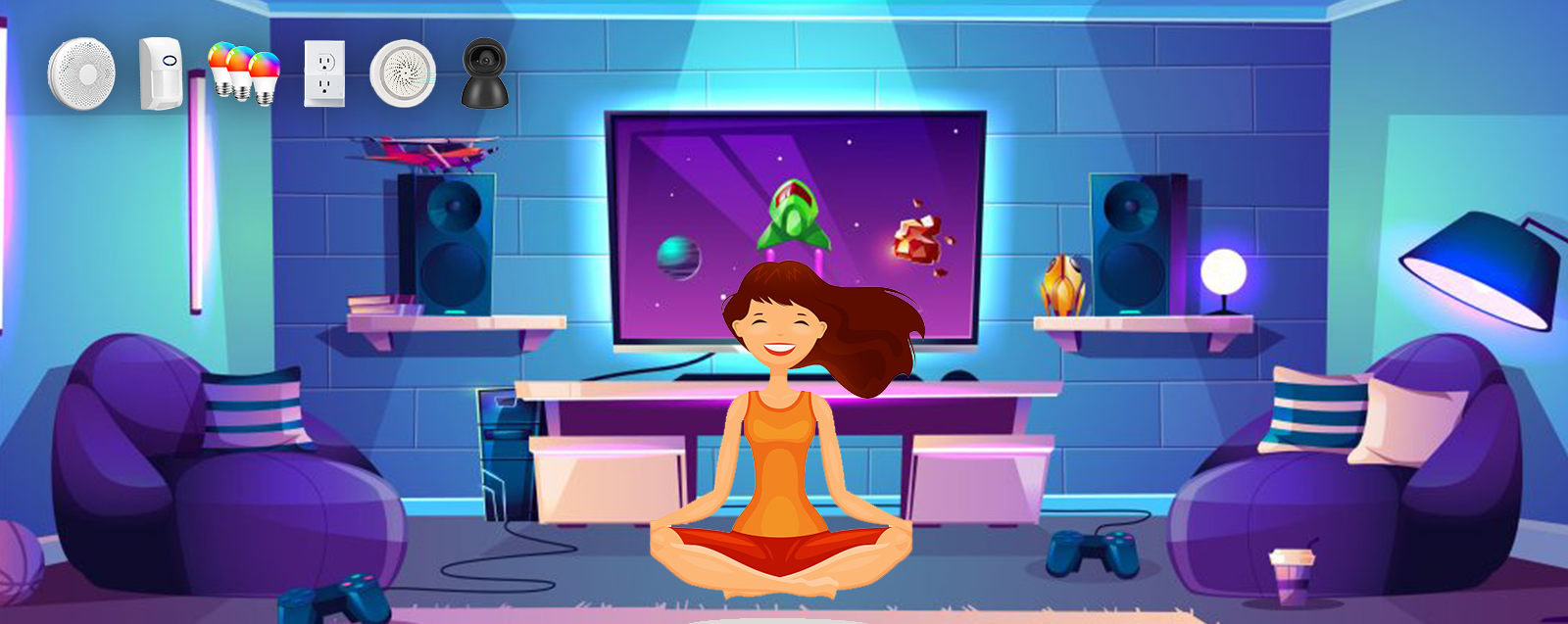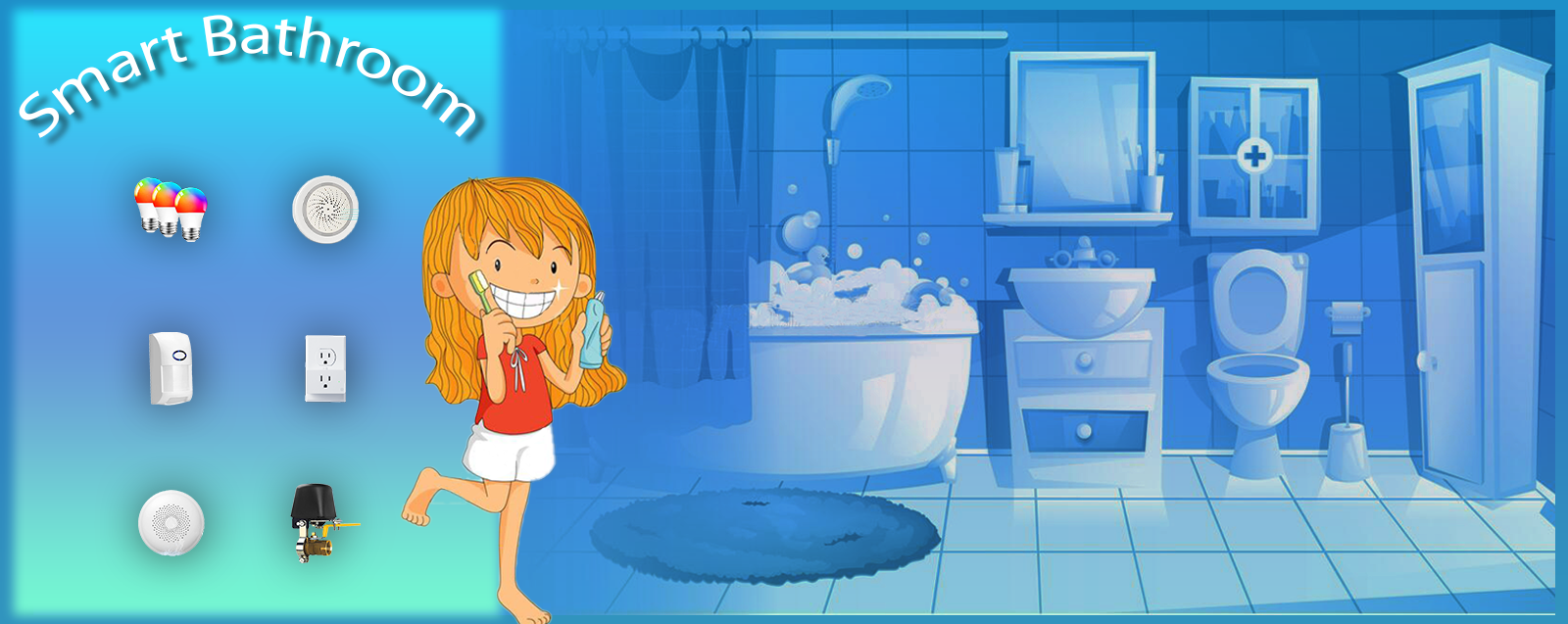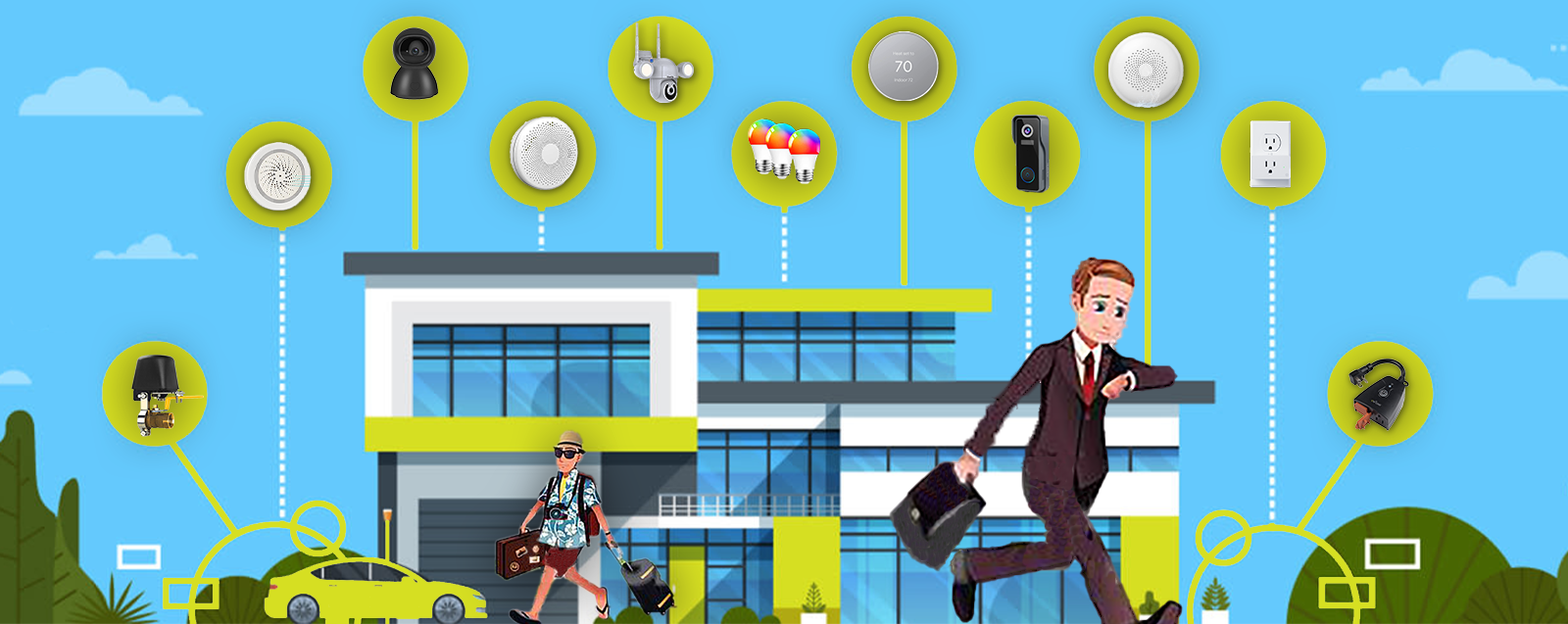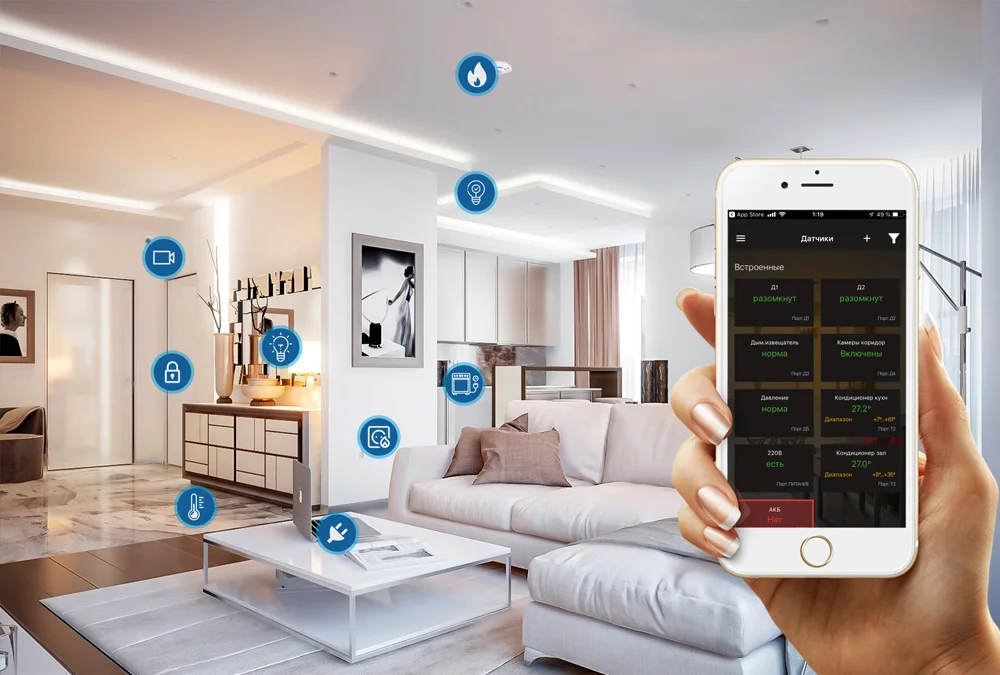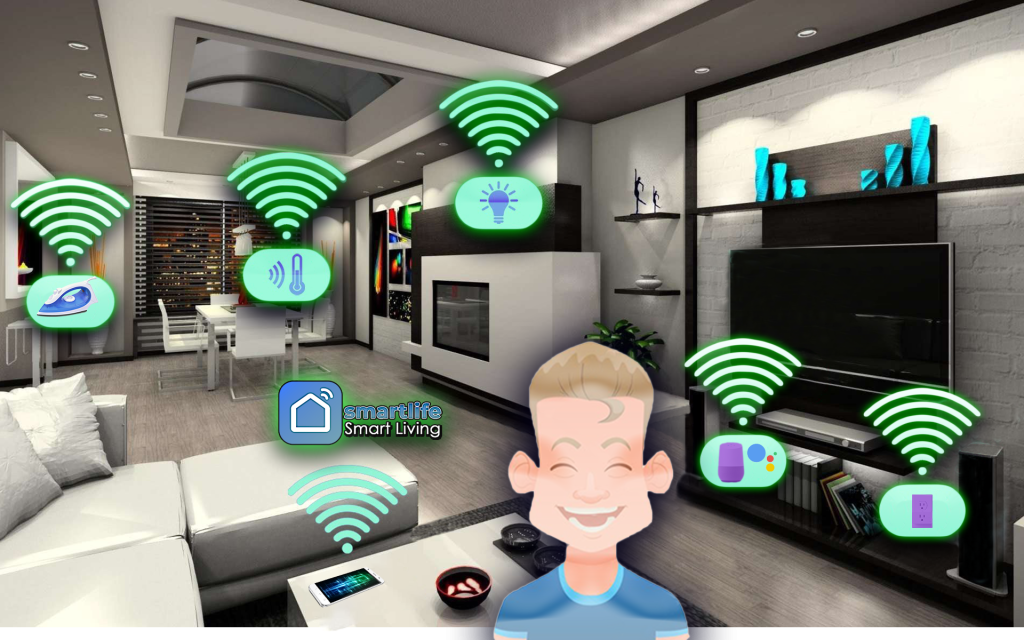Essential Tips and Strategies
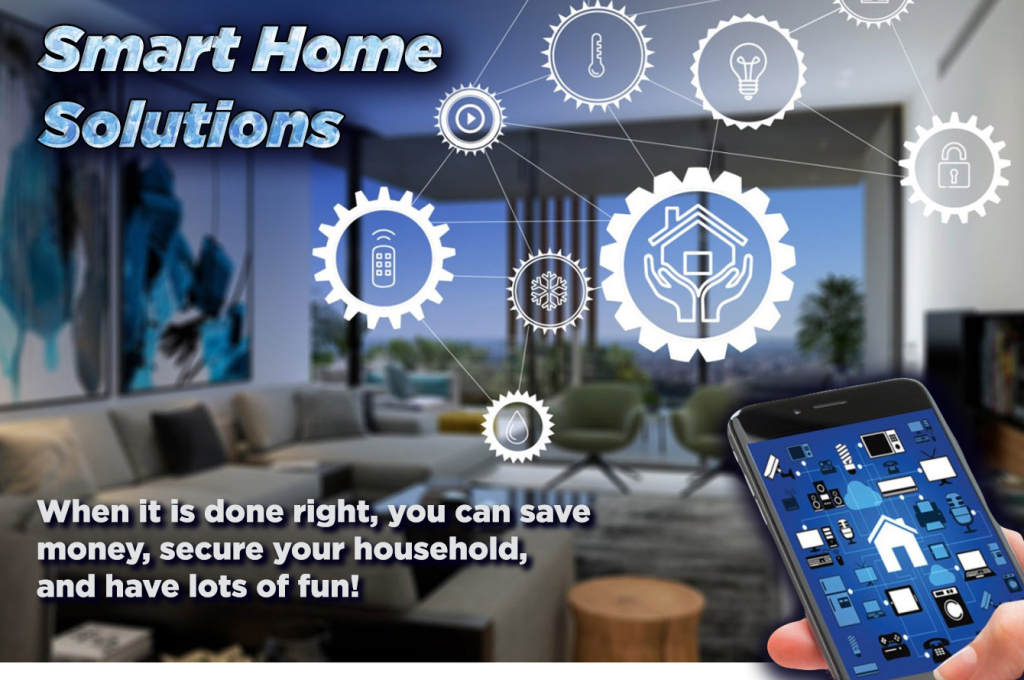
Looking to cut down on your energy expenses, manage your household appliances and lighting from afar, and have complete oversight of your home’s safety and security? A smart home setup may be the perfect solution for you.
In this guide, we’ll walk you through the essential steps of smart home automation, highlight frequent pitfalls to avoid, and provide budget-friendly tips for creating an affordable and reliable smart home.
We are going to look at:
Smart Home Automation.
A Smart Home is a revolutionary concept that allows homeowners to control various aspects of their home remotely and automatically. It involves a set of smart devices, apps, and recipes that enhance energy usage management, safety, security, and entertainment in everyday life.

Smart Home Automation is a set of smart home devices, apps, recipes, and networking devices for smart home communication protocols.
To set up a Smart Home, you will need to purchase Smart Home devices and download apps to control them. You can also create recipes to run Smart Home Automation, further streamlining the control process. Additionally, voice assistants like Amazon Alexa or Google Assistant enable voice control of your Smart Home gadgets, making it even easier to manage your home’s smart devices.
Investing in a Smart Home system has many benefits, including better energy efficiency and increased safety and security. However, it’s essential to ensure you’re buying reliable devices and software to avoid common problems and pitfalls associated with Smart Home Automation.
Overall, a Smart Home is an excellent investment for any homeowner looking to make their life more comfortable, convenient, and safe. With the right devices, apps, and recipes, you can enjoy the many benefits of affordable and reliable Smart Home Automation.
Understanding Smart Home Solutions.
Smart Home Solutions are pre-programmed recipes that enable homeowners to handle specific household scenarios, such as turning off lights when no one is home or protecting against water leaks and floods by shutting down the water valve. These solutions are designed to enhance convenience, prevent household hazards, and improve home security. However, to ensure their effectiveness, Smart Home Solutions require the right set of devices working together.
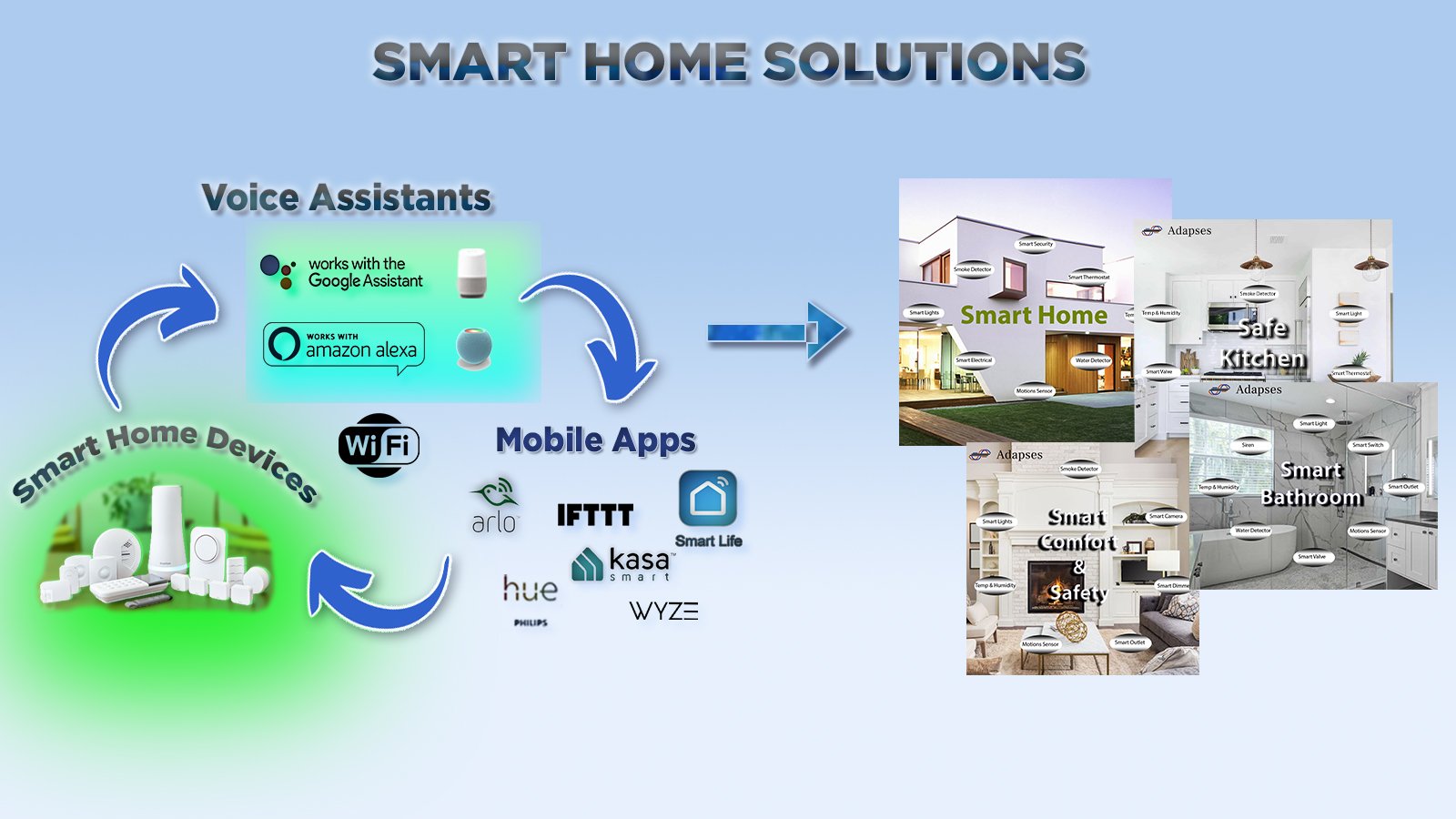
Smart Home Solutions are recipes designed to handle specific household scenarios and to run Smart Home Automation.
Unfortunately, setting up a Smart Home system improperly can lead to unnecessary expenses, frustrations, and disappointments. That’s why it’s crucial to choose reliable and compatible devices, install and configure them correctly, and regularly maintain your Smart Home system to ensure optimal performance.
With the right Smart Home Solutions and setup, you can enjoy a convenient, safe, and efficient home. Don’t let improper installation and maintenance ruin your Smart Home experience. Instead, take the time to research and invest in the best devices and services to create an affordable and reliable Smart Home solution for your household.
Common problems and pitfalls with Smart Home Automation.
Creating a Smart Home can be challenging, and in most cases, homeowners face three major categories of problems. These include: (1) difficulties with planning and executing Smart Home ideas, (2) issues with Apps and ineffective recipes that become frustrating or outdated, and (3) problems with the devices themselves or their incorrect usage.
Let’s take a look at each of these categories:
1. Planning and Execution.
- When building a Smart Home, it’s crucial to have clear ideas and realistic expectations of what you want to achieve. Failing to do so can result in overspending on unnecessary devices or being bombarded with an overwhelming number of advertisements that promise more than they can deliver. To create an affordable and reliable Smart Home, consider selecting a simple and robust Smart Home Solution that meets your daily needs, such as home security or kitchen safety.

Without robust ideas and realistic expectations, an overwhelming number of smart home advertisements will get you quickly into trouble, making your smart home expensive and unreliable.
- Additionally, buying smart home devices without considering future expansion opportunities can result in a costly and difficult-to-control system. Avoid this by selecting devices that are supported by the same App or networking protocol to ensure easy control and scalability.
- Lastly, choosing the wrong networking protocol for your Smart Home devices can cause interference with other electronics in your household, such as Smart TVs, computers, and gaming consoles. This can lead to significant issues, including shutting down your Smart Home system completely. Be sure to research and select a proper networking protocol, such as WiFi, Zigbee, Z-Wave, or Bluetooth, that matches your household environment.
2. Apps and Recipes.
- When building a Smart Home, it’s important to have a clear understanding of your needs to avoid issues with limited device compatibility. Choosing an App that supports only devices from the same brand can severely limit your ability to expand your smart home in the future.
- Creating Smart Home recipes is great, but not using them regularly can lead to confusion and unexpected behavior from your smart home devices. On the other hand, if your recipes are too intrusive, they can become annoying and useless, ultimately defeating the purpose of a Smart Home.
- Creating too many recipes using multiple apps can make it difficult to organize and control your Smart Home. It’s important to choose the right apps and limit the number of recipes you create. The popular IFTTT app, which connects different smart home apps, now requires additional payments and may not work with some of the most popular apps like Smart Life.
3. Device and Misapplication.
Choosing the right Smart Home device can be challenging due to an overwhelming number of advertisements from various manufacturers and sellers. It is crucial to research and select a reliable and reputable brand for your Smart Home devices.
- Quality and reliability become major issues in a highly competitive environment where companies rush to release new Smart Home products, including big players like Google and Apple. Researching customer reviews and expert opinions can help you avoid purchasing unreliable Smart Home devices.
- Battery life can be much shorter than advertised, leading to inconvenience and frustration in daily use. Make sure to read the specifications and reviews of Smart Home devices before purchasing.
- Some sellers or manufacturers may go out of business after a short time, leaving you with unsupported Smart Home devices. Choose reputable and established brands to avoid this issue.
- Poor customer support can also be a problem with some Smart Home devices. Look for brands with reliable customer support to ensure prompt assistance when needed.
- Lack of appropriate certifications for Smart Home devices can pose safety and security risks. Always choose devices with proper certifications to ensure they meet safety and security standards.
- Misapplication of Smart Home devices can also lead to annoyance and frustration. For example, using a Motion Sensor as an outdoor security device can result in many false notifications, rendering it useless. Understand the proper use and placement of Smart Home devices to avoid such issues.
Tips for Finding Reliable and Affordable Smart Home Solutions
1. How to start your Smart Home project?
- Identify the specific benefits you desire for a smart home and create a list of what you want it to do for you. Choose a simple and robust smart home solution that works seamlessly and meets your needs, such as securing your home or ensuring kitchen safety. Check out our range of simple and robust smart home solutions for common household scenarios.
- Choose a suitable networking protocol that won’t interfere with your existing WiFi electronics. Consider Zigbee or WiFi with a dedicated Wi-Fi repeater as an affordable and reliable smart home networking solution.
- Determine which smart home platform will best suit your smart home solutions. Choose from Google Assistant, Amazon Alexa, or HomeKit
2. How to choose Smart Home devices?
When choosing Smart Home devices, it’s important to make informed decisions to ensure reliability and functionality. Here are some tips to help you select the right devices for your Smart Home:
- Check the device specifications and certificates to ensure they meet your Smart Home requirements and support the advertised functionality.
- Research the brand/manufacturer/seller’s reputation and how long they’ve been in the market to determine their reliability.
- Look for reviews and complaints related to customer support to ensure you’ll receive the necessary assistance if you encounter any issues.
- Consider the device’s reliability by checking reviews written at least three months after purchase.
- Choose devices that are supported by numerous affordable smart home applications. This way, you can easily expand your Smart Home functionality in the future without getting stuck with too many apps.
- Check out our blog posts for recommendations on the best affordable Smart Plugs available in the market today.
3. Choosing the Right Controlling App for Your Smart Home: A Comprehensive Guide.
When it comes to building a reliable and efficient smart home, choosing the right controlling app is crucial. Not only does it affect how your devices will function, but it also determines how easily you can program your smart home routines and how many devices you can add to expand your smart home functionality.
Some manufacturers develop their own controlling app, others rely on common platforms like Smart Life or Tuya Smart– both products of Tuya . While manufacturers with their own controlling apps may limit your ability to expand your smart home functionality with other brands, those that use common platforms offer a wider range of device compatibility and brand options.
- For example, Wyze offers a variety of affordable smart home devices, from high-quality smart cameras to doorbells and plugs. While some devices and app features may not meet their advertisement claims, Wyze’s products remain popular due to their affordability and consistent improvement over time.
- Another example is Kasa Smart by TP-Link, which offers high-quality smart electrical devices and a well-rated app. With the recent addition of smart cameras to their catalog, TP-Link can now offer complete smart home security solutions.
- The Smart Life app by Tuya is a reliable platform used by many manufacturers worldwide, supporting a wide variety of affordable devices like smart valves and curtains. It also seamlessly integrates with popular voice assistants like Google Assistant and Amazon Alexa, and runs reliably on Amazon (AWS) server in the US. Plus, the Amazon marketplace offers a large selection of smart home devices supported by the Smart Life app, making it easy to build an affordable and reliable smart home from one marketplace.
In conclusion, selecting the right controlling app for your smart home is critical to its success. By considering the compatibility of different devices and apps, you can build a smart home that meets your needs and functions seamlessly. The Smart Life app by Tuya is an excellent option for those looking for a reliable and affordable platform with a wide range of device compatibility and voice assistant integration.
Check out our simple and robust Smart Home Solutions for the most common household scenarios to create affordable and reliable Smart Home.
If you have any questions or suggestions, please feel free to get in touch with us by e-mail at support@adapses.com.



